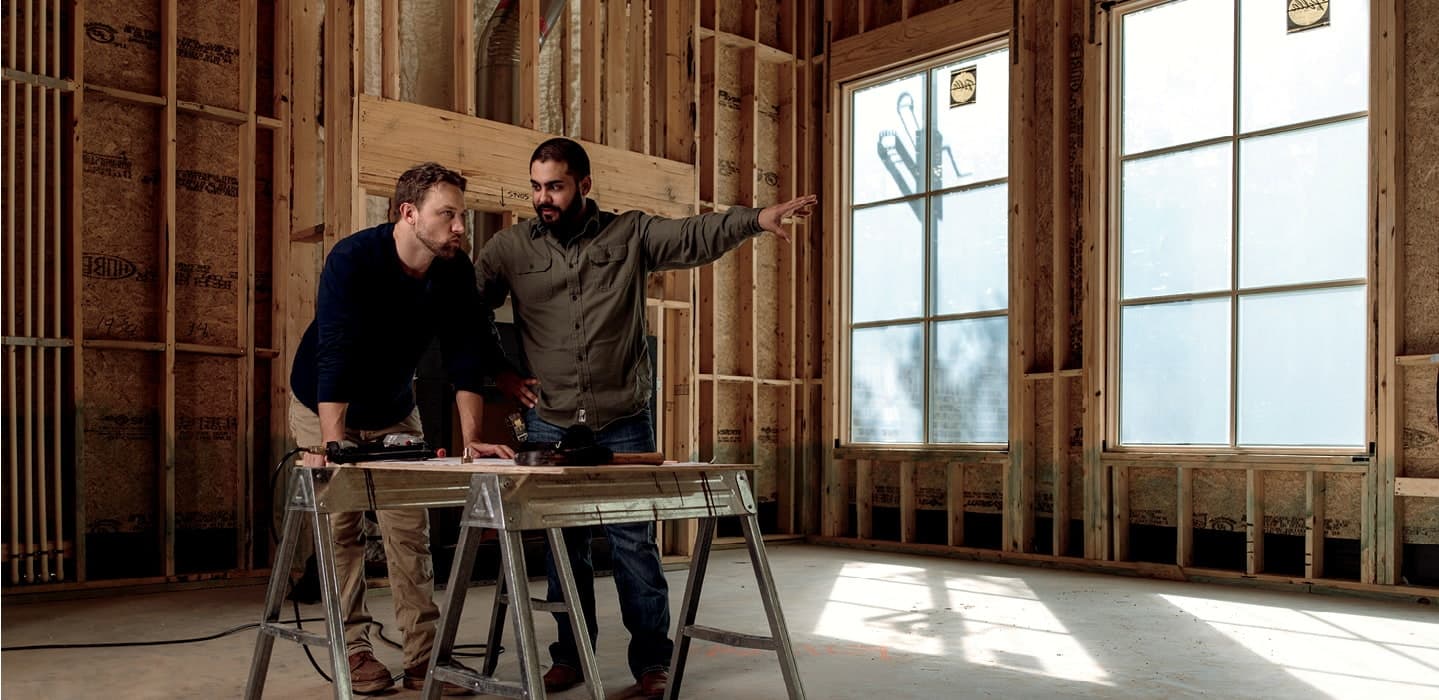
Choosing the right windows is crucial in building or renovating a home or commercial space. Windows not only enhance the aesthetic appeal of a building but also play significant roles in energy efficiency, security, and overall comfort. This guide will help you navigate the key considerations for selecting the best windows for your building projects.
1. Window Types
Double-Hung Windows: These are traditional and versatile, allowing both the upper and lower sashes to move up and down. They are excellent for ventilation and easy to clean, making them suitable for almost any room.
Casement Windows: Hinged on the side, casement windows open outward with a crank. They offer top-to-bottom ventilation, excellent natural light, and are very energy efficient when closed, making them ideal for hard-to-reach areas like over kitchen sinks.
Sliding Windows: Sliding windows open horizontally and are great for areas with limited outdoor space. They provide ample light and are easy to operate, suitable for contemporary homes.
Bay and Bow Windows: These windows project outward from the main walls of a building forming a bay in a room, often with a seat under the window. They are perfect for increasing the perceived space of a room and enhancing the view.
Picture Windows: Large and fixed, picture windows provide wide views and ample natural light but do not open, making them best for areas where ventilation is not a priority.
2. Material Options
Vinyl Windows: These are low maintenance, provide good moisture resistance, and are energy efficient, all at a relatively low cost. However, color choices can be limited.
Wood Windows: Wood offers a classic look and excellent natural insulation. While it can be higher maintenance due to a need for periodic staining or painting, wood is very customizable.
Aluminum Windows: Known for their durability and slim profiles, aluminum windows are less energy efficient than other types but work well in rainy, humid climates due to their resistance to rust.
Fiberglass Windows: These are strong, durable, and energy efficient. Fiberglass can be painted, is low maintenance, and resists warping and swelling, making it an excellent choice for all climates.
3. Energy Efficiency
Energy efficiency is a paramount consideration. Look for windows with double or triple-pane glass, low-E coatings, and inert gas fillings like argon or krypton between the panes to reduce heat transfer. Efficient windows not only help save on heating and cooling costs but also contribute to a more comfortable indoor environment.
4. Design and Aesthetics
Choose windows that complement the architectural style of the building. Whether you’re going for a modern, traditional, or rustic look, the design of the windows should align with the overall theme. Additionally, consider the interior aspects like natural light needs and the view from the window.
5. Budget and Installation
Cost is always a consideration. Different materials and types of windows can vary widely in price. It's important to balance cost with the benefits of energy savings, aesthetics, and longevity. Professional installation is recommended to ensure that your windows are installed according to the manufacturer’s specifications and local building codes.
Conclusion
Selecting the right windows for a building involves considering a mixture of functional and aesthetic factors. Properly chosen and installed windows enhance the beauty, comfort, and energy efficiency of a building, making them a crucial component of any construction or renovation project. Always consult with professionals who can provide insights and options tailored to your specific needs and local requirements.
